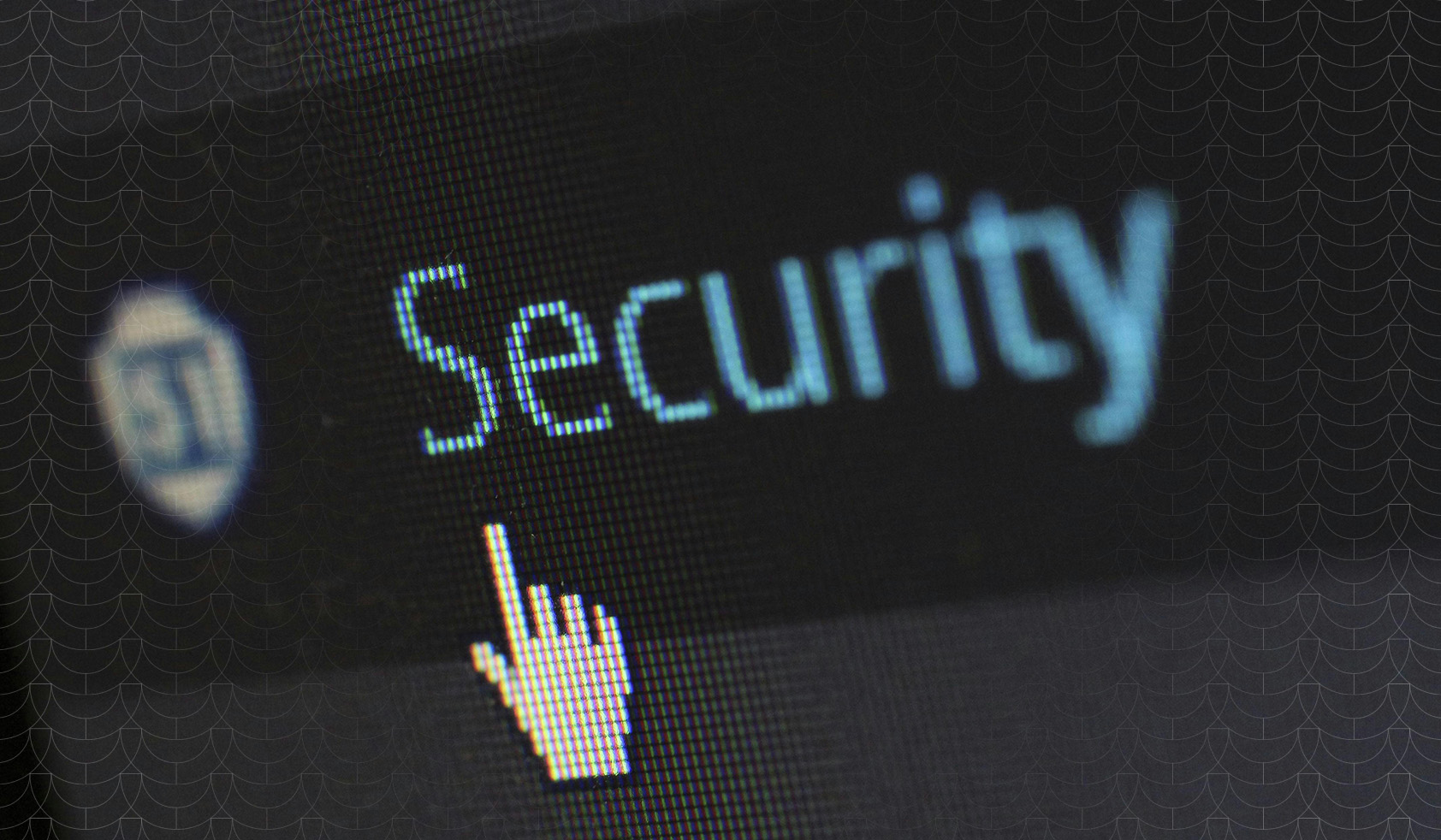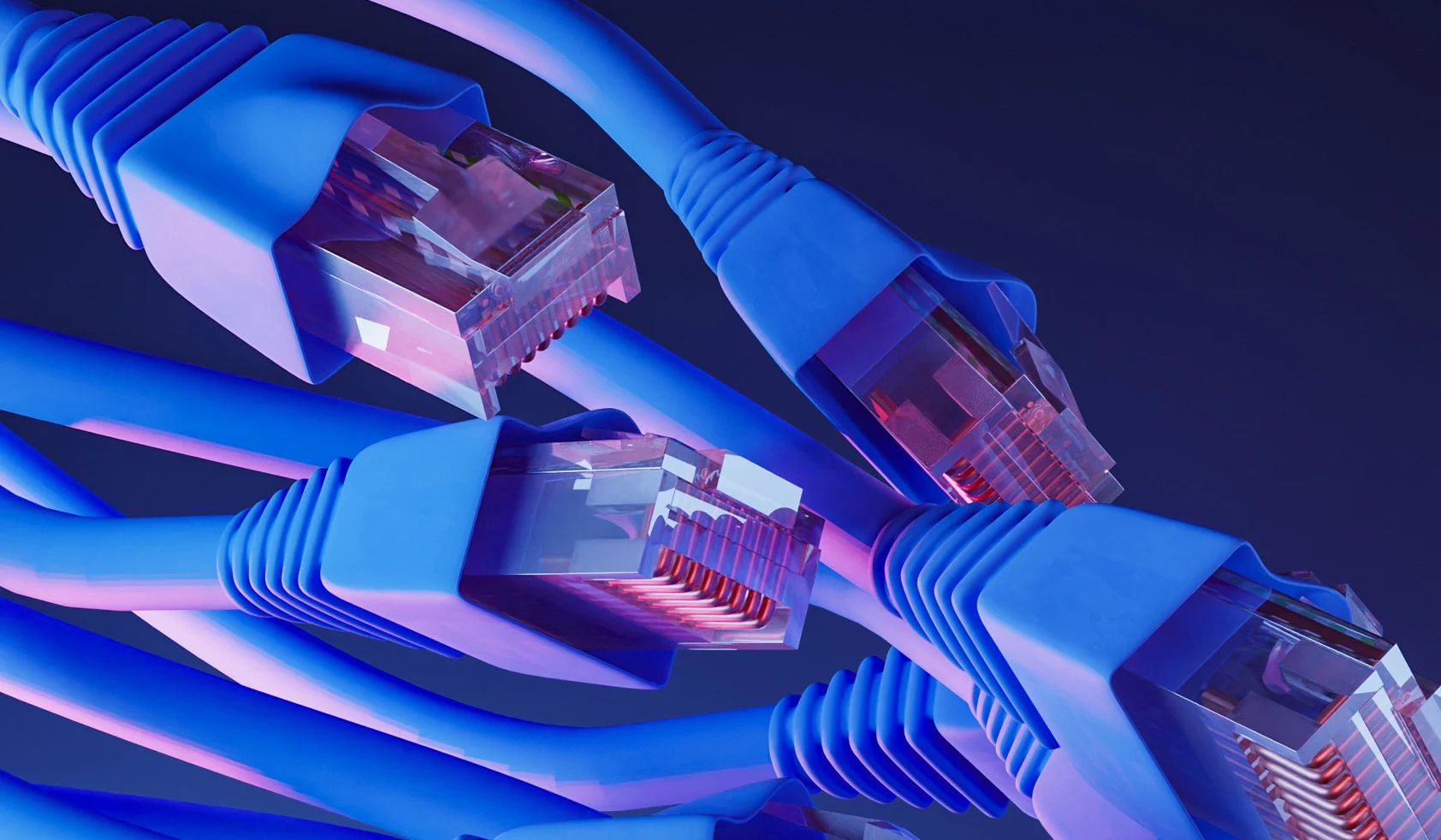Leap Forward: A New Era of Innovation and Integration Begins
.webp)
As we step into 2024, we're greeted by the decade's first leap year. Much like how a leap year introduces an additional day to ensure our calendars remain in sync with the Earth's journey around the sun, the security sector is tasked with making substantial advancements to keep pace with the rapidly changing tech environment and the new challenges it brings. These strategic shifts, while they may appear minor, play a crucial role in upholding the reliability and efficiency of security frameworks as we move forward.
This highlights the importance of adaptability and forward-thinking in security practices. Like the leap year corrects and recalibrates timekeeping, shifts in security strategies recalibrate and fortify organizational defenses against the complexities of digital threats. It underscores the need for innovation, the integration of new technologies, and the adoption of flexible, responsive solutions. Just like time, the security industry's evolution is marked by continuous reevaluation, ensuring efforts remain robust and capable of protecting assets and individuals in an ever-changing world.
It’s a whole new world
The realm of physical security is on the verge of a profound shift, moving from the clunky and costly setups of yesteryears to a future where technology-driven innovation and fluid integration are the norms. This change isn't just about incorporating new solutions. Rather, it's a deep reevaluation of security strategies, challenging the conventional limits of protecting assets, infrastructures, and individuals.
For too long, the security industry has been bogged down by a heavy reliance on hardware, trailing behind the rapid advancements seen in areas like the IoT and IT. However, there's a fresh breeze of change in the air, indicating a shift towards systems that not only mesh better and work more efficiently but are also flexible enough to adapt to the evolving security and enterprise risk landscape.
This anticipated transformation is backed by solid growth forecasts for the global security market, which is expected to swell from $110.2 billion in 2023 to $136.9 billion by 2028. This surge is a clear sign of the industry's commitment to digital innovation, embracing the Internet of Things (IoT), cloud computing, and interconnected systems, all of which promise to redefine the approach to security.
One of the sectors showcasing this imminent growth is the access control market, set to expand significantly. The introduction of services like Access Control as a Service (ACaaS), biometric identification, and the push for greater device interconnectivity are propelling this area forward.
This evolution reflects the industry's move towards more sophisticated, intelligent, and integrated security solutions that are designed not only to strengthen security but also to improve operational efficiency — a nod to the growing trend of seeking systems that deliver capabilities beyond conventional security measures, and data that can support modern strategies.
Shift in End User Expectations Drives Demand for Advanced Access Control Systems
The rising demand for these advanced access control systems is indicative of a shift in end-user expectations. Stakeholders are now looking for solutions that not only secure but also provide operational advantages and blend seamlessly with other technology systems. This pivot has brought cloud-based solutions into the spotlight, offering scalability, secure data management, simple updates, and improved resource allocations, marking a notable departure from traditional practices.
The shift toward an integrated security strategy represents a crucial advancement within the industry. It simplifies the oversight of complex security frameworks, ensuring robust defense mechanisms. This transformation underscores a transition to a comprehensive and interconnected method of managing security, acknowledging the increasing requirement for systems that are versatile and responsive to the evolving security environment. This approach embodies a comprehensive strategy that places a high emphasis on cybersecurity and privacy as integral components of the physical security realm.
The shift we're witnessing hinges significantly on the embrace of software solutions known for their flexibility and capability to operate seamlessly across varied settings. This break from the rigid frameworks of old offers scalable and expansive technologies tailored to meet a wide range of operational demands. The role of integrators in this changing scenario is important to note as their deep-seated knowledge is indispensable in deciphering the complexities that define modern security environments.
A Paradigm Shift in Physical Protection
At this critical juncture, the opportunity for influencers from various industries to mold the future of security is vast. The fusion of the latest technological advancements with strategic foresight is essential in catering to the dynamic requirements of the industry, all while maintaining the highest standards of safety and operational efficiency.
We are, therefore, at the threshold of a major shift within the physical security domain, geared towards a complete reevaluation of how the protection of assets and individuals is approached. This change transcends simple enhancements, indicating a profound transition towards an ecosystem that is more cohesive, efficient, and forward-looking. This new pathway promises to surmount the barriers of the past, ushering in a novel phase of security solutions characterized by cooperative efforts and a proactive stance on confronting security hurdles. This path is about crafting a future where the caliber and efficacy of security measures are unmatched.
Are you ready to leap forward? See all the benefits of this new way of thinking at the Acre security booth #20059 at ISC West 2024. Schedule your seat at our table today.




.jpg)